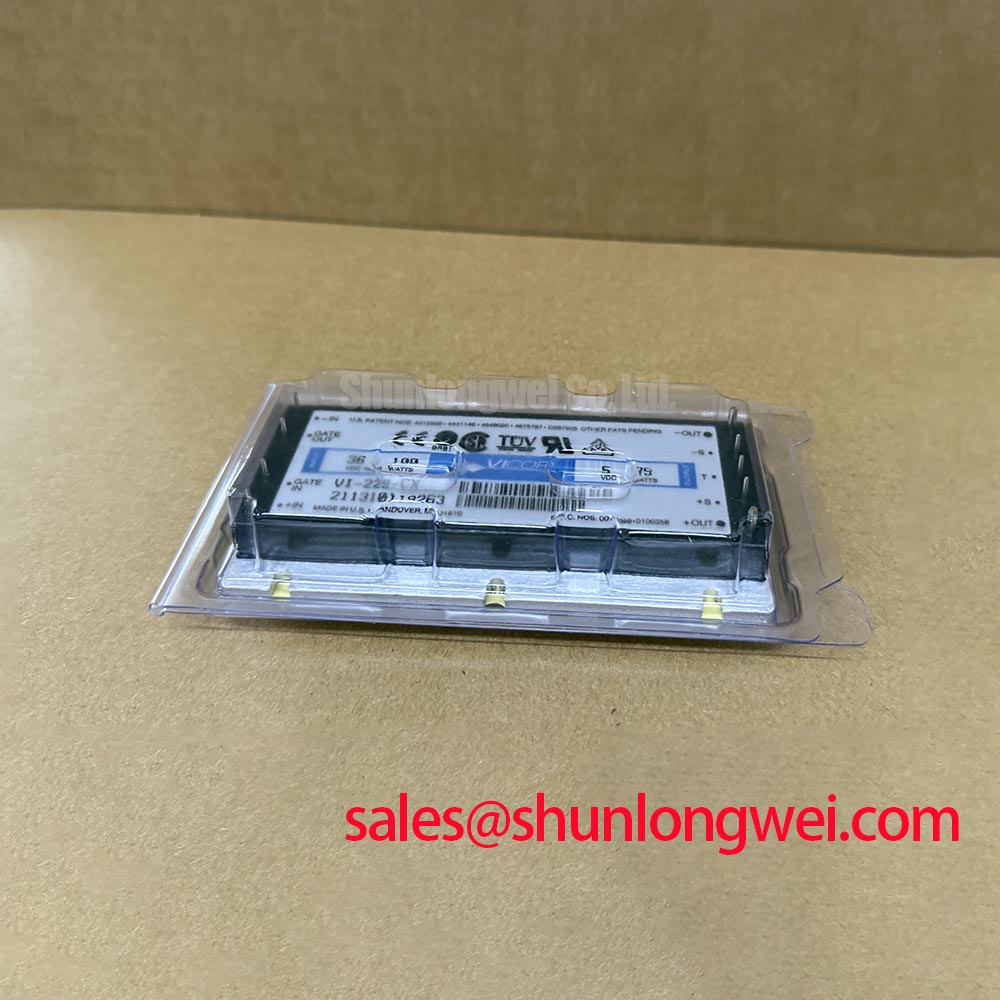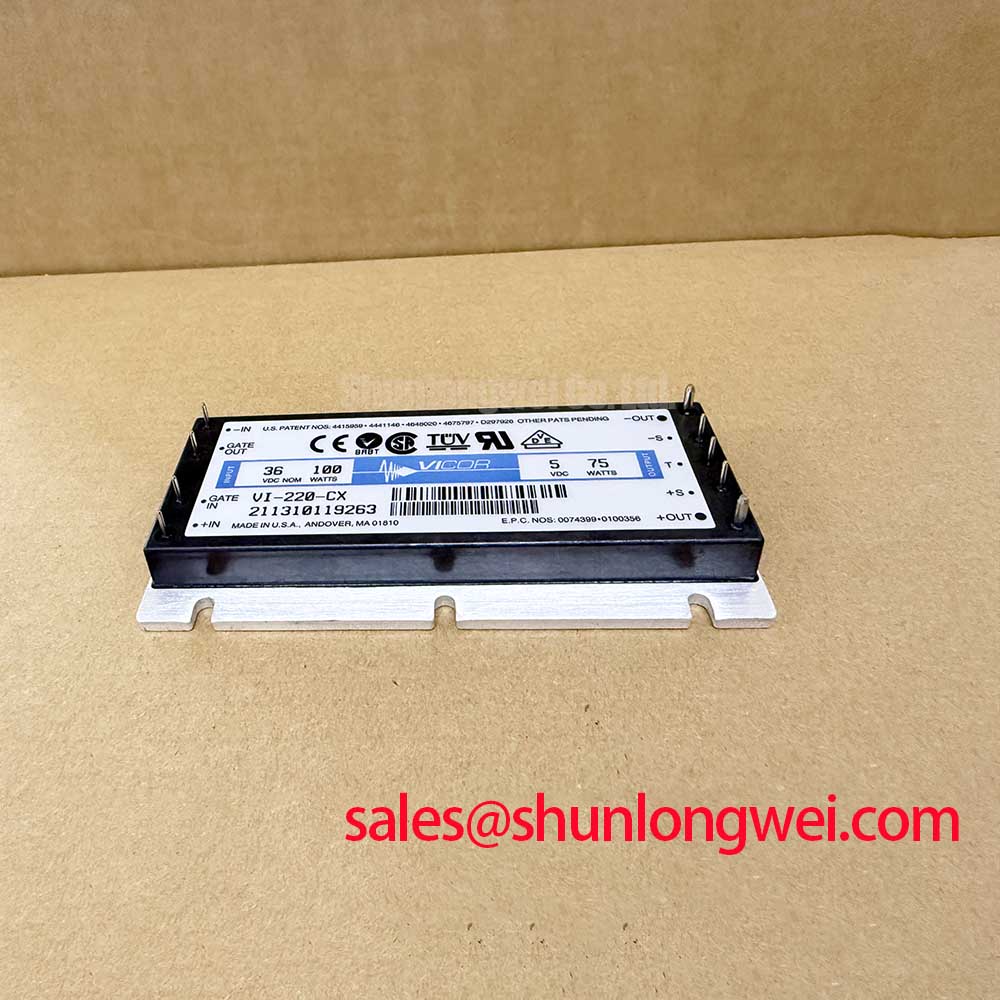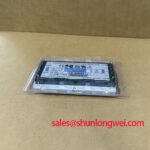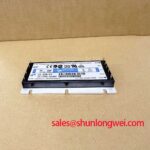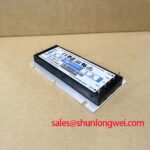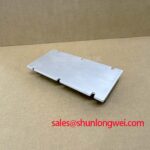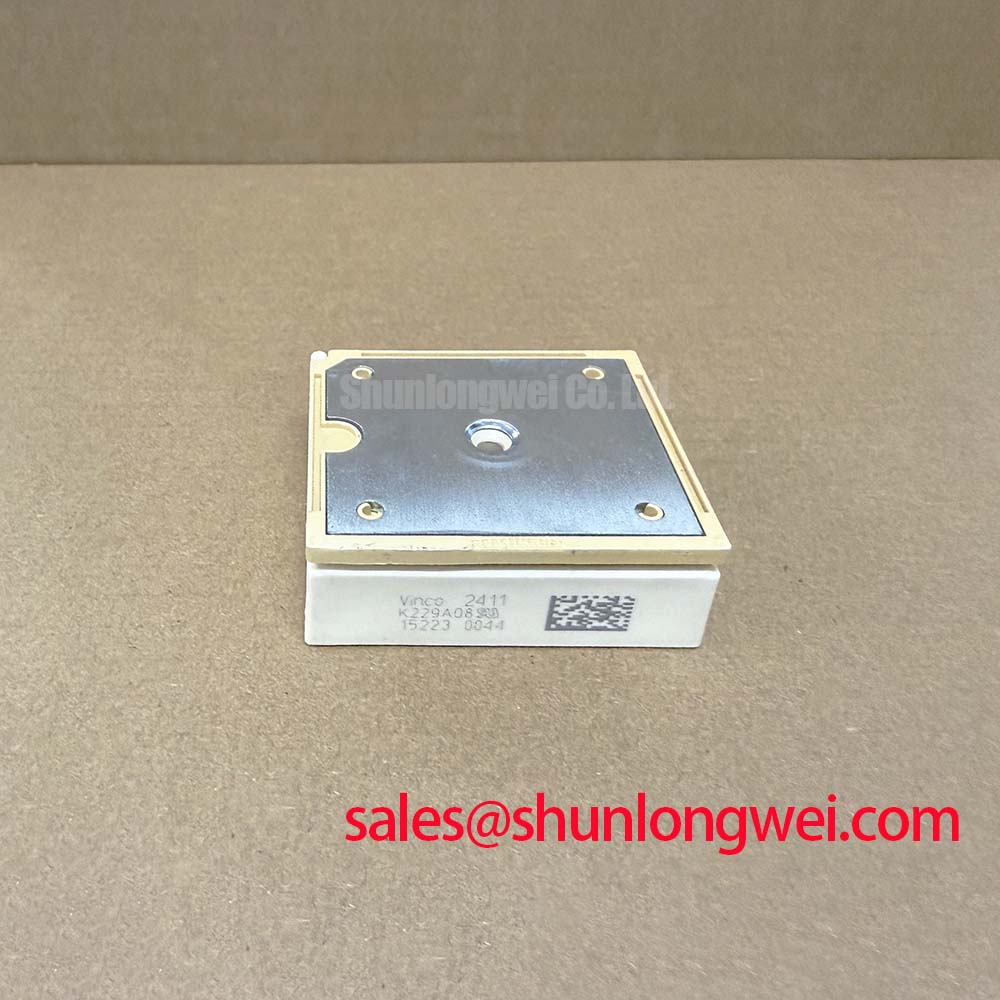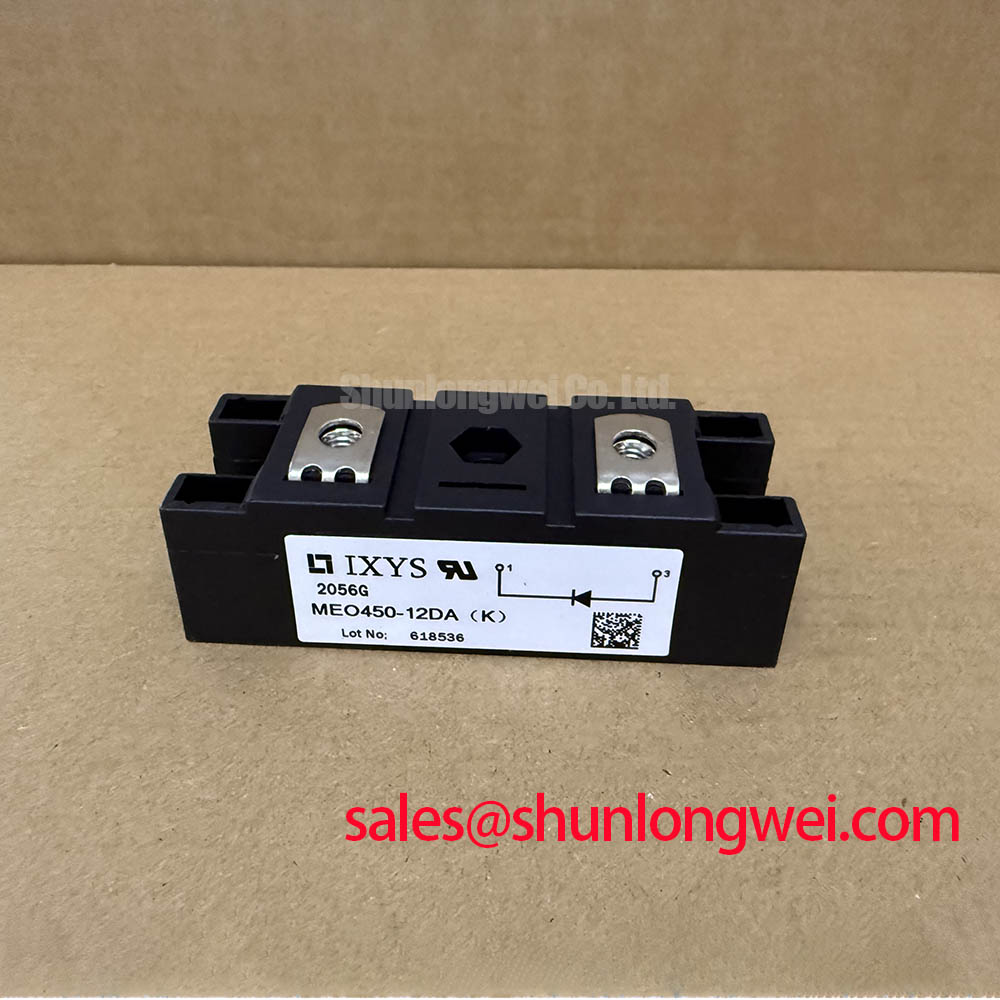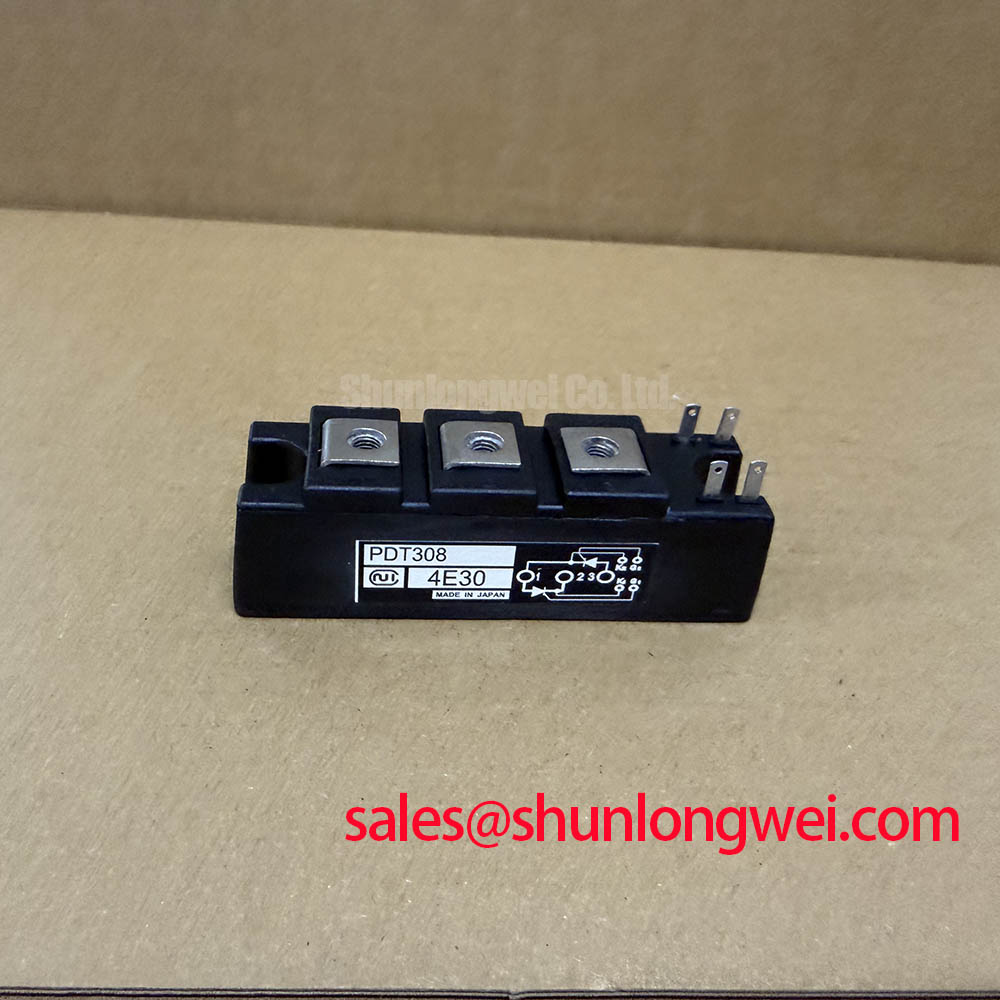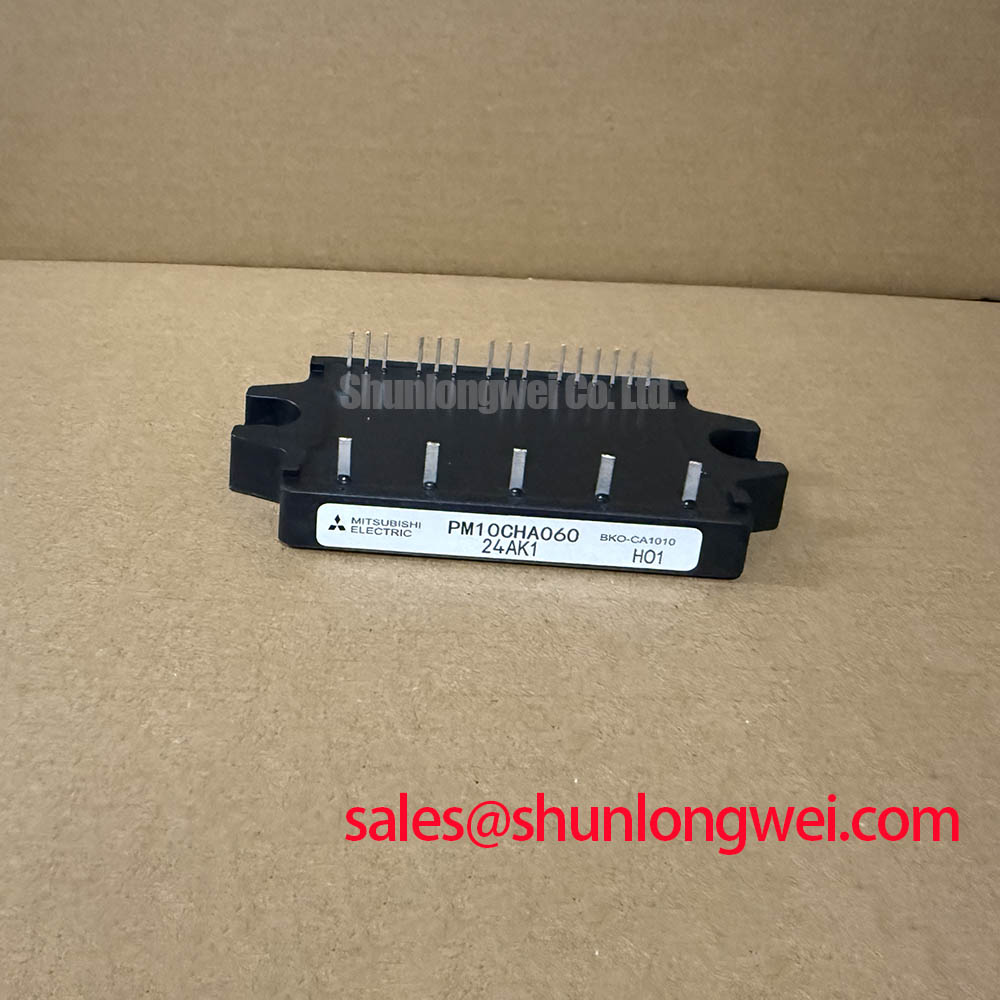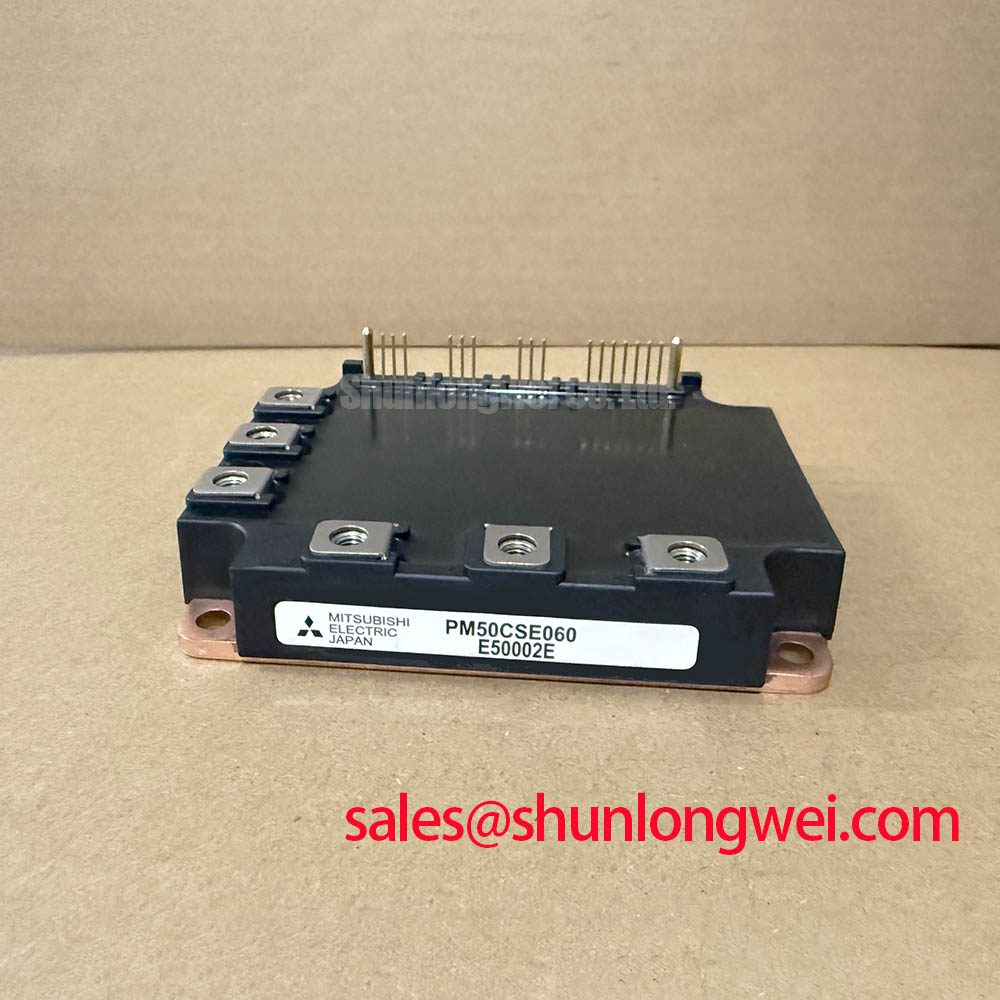Vicor VI-220-CX: High-Density 75W DC-DC Converter Module
Maximizing Power Density and Efficiency in Demanding Systems
Content last revised on October 10, 2025.
The Vicor VI-220-CX is a high-efficiency, isolated DC-DC converter module engineered for performance in space-constrained applications. Leveraging a sophisticated Zero-Current-Switching (ZCS) topology, this component delivers a tightly regulated output with exceptional power density and minimal thermal waste. Its key specifications are: 21-56V Input | 5V Output | 75W Power (15A). This design provides two critical engineering benefits: simplified thermal management and significant board space savings. It directly addresses the challenge of powering logic-level circuits from fluctuating or noisy 24V to 48V industrial or battery-powered buses without compromising on system size or reliability. For applications in rugged industrial automation or distributed power architectures, the VI-220-CX offers a robust and compact power solution.
Application Scenarios & Value
System-Level Benefits in Distributed Power and Industrial Controls
The VI-220-CX excels in applications where converting from a higher, variable bus voltage to a stable 5V rail is required within a compact footprint. Its wide input range (21V to 56V) makes it a versatile choice for systems based on nominal 24V, 36V, or 48V power sources, commonly found in Industrial Control Systems and telecommunications infrastructure. Consider the engineering challenge of designing an Automated Guided Vehicle (AGV): the main battery voltage can sag significantly under load and spike during regenerative braking. The VI-220-CX's ability to maintain a stable 5V output for sensitive control electronics across this wide input range ensures consistent system operation and reliability. What is the primary benefit of its high power density? It enables the placement of power conversion right at the point of load, reducing voltage drop and improving transient response in complex systems. This module is the optimal choice for designs where board real estate is at a premium and thermal performance cannot be compromised. For systems requiring higher power output within a similar architecture, the related BSM300GA120DN2 offers a solution for entirely different power scales.
Key Parameter Overview
Decoding the Specs for Efficient Power Conversion
The specifications of the VI-220-CX are tailored for high-reliability applications. The parameters below highlight its performance in efficiency, thermal management, and output regulation, which are critical for long-term operational stability.
| Parameter | Specification | Engineering Value & Interpretation |
|---|---|---|
| Input Voltage Range | 21 V to 56 V DC | Provides robust performance across common 24V, 36V, and 48V nominal buses, accommodating line sags and surges without additional pre-regulation. This simplifies system design and enhances reliability in battery-powered or unstable power environments. |
| Output Voltage | 5 V DC (Adjustable: 4.5V to 5.5V) | Delivers a standard logic-level voltage with the flexibility to trim the output, allowing engineers to compensate for voltage drops in the power distribution network (PDN) and precisely match the requirements of downstream components. |
| Output Power / Current | 75 W / 15 A | Provides sufficient power for multiple downstream circuits, such as microcontrollers, sensors, and communication interfaces, from a single compact module. |
| Efficiency | Up to 88% (Typical) | High efficiency minimizes energy loss as waste heat. An 88% efficiency means for every 75W of output power, only about 10.4W is dissipated as heat. This reduces heatsink size, lowers case temperature, and improves overall system reliability. |
| Power Density | ~46 W/in³ | This extremely high power density is a direct result of the high-frequency ZCS architecture. It allows engineers to pack more power into smaller enclosures, a critical advantage for modern electronics where miniaturization is key. |
| Isolation Voltage | 3000 Vrms | Ensures safety and breaks ground loops by providing a robust dielectric barrier between the input and output, essential for medical, industrial, and telecommunications applications. |
| Operating Temperature (Case) | -25°C to 85°C | A commercial industrial temperature grade ensures reliable operation in controlled and semi-controlled environments without requiring extreme thermal derating. |
Download the VI-200 Series datasheet for detailed specifications and performance curves.
Technical Deep Dive
The Advantage of Zero-Current-Switching (ZCS)
At the core of the VI-220-CX's performance is Vicor's Zero-Current-Switching topology. Unlike traditional Pulse Width Modulation (PWM) converters that switch transistors while high current is flowing, ZCS intelligently times the switching events to occur at the zero-crossing of the current waveform. This seemingly simple change has profound implications.
Think of it like shifting gears in a car. A traditional PWM converter is like shifting without using the clutch—it's abrupt, creates significant mechanical shock (electrical noise and thermal stress), and wastes energy. In contrast, ZCS is like a perfectly timed, clutch-engaged shift. The transition is smooth, efficient, and generates minimal stress. This "soft-switching" technique allows the VI-220-CX to operate at much higher frequencies (up to 2 MHz) than its hard-switched counterparts. This high frequency is what enables the use of much smaller magnetic components and capacitors, directly contributing to the module's industry-leading power density and compact full-brick package.
Frequently Asked Questions (FAQ)
What is the primary advantage of the VI-220-CX's Zero-Current-Switching (ZCS) architecture?
The main advantage is significantly reduced switching losses. This leads to higher efficiency (up to 88%), less waste heat, and lower electromagnetic interference (EMI), which simplifies the design of thermal management and filtering systems.
How does the wide 21V to 56V input range benefit my design?
This range provides immense flexibility, allowing a single part number to be used in systems with different nominal bus voltages (e.g., 24V, 36V, 48V). It also ensures stable operation in applications like battery-powered vehicles or remote equipment where input voltage can fluctuate significantly.
What does the 3000 Vrms isolation rating mean for my application?
This high isolation voltage provides a critical safety barrier, protecting users and downstream equipment from high input-side voltages. It is essential for breaking ground loops in complex systems and meeting safety standards in industrial and data-communication applications.
Can I adjust the 5V output on the VI-220-CX?
Yes, the output voltage is adjustable, typically from 90% to 110% of its nominal value (4.5V to 5.5V). This allows engineers to trim the output to compensate for voltage drops across long PCB traces or to meet the specific voltage requirements of sensitive loads.
How does the module's high power density of ~46 W/in³ impact system design?
High power density enables the delivery of 75 watts in a very compact full-brick package. This saves valuable board space, allowing for smaller end-products or the inclusion of more features within the same physical envelope, a crucial factor in designing modern, compact Point of Load (POL) systems.
An Engineer's Perspective on Integration
From a design standpoint, the VI-220-CX is more than a simple converter; it is an enabling component for advanced Distributed Power Architecture (DPA). Its combination of efficiency, density, and a wide input range simplifies the front-end design, allowing engineers to focus on the performance of the point-of-load regulation. The low noise signature, a direct result of its ZCS technology, reduces the design effort typically spent on EMI mitigation. For any engineer tasked with developing a compact, high-reliability system powered from a 24V or 48V bus, this module represents a well-optimized solution that balances performance, size, and thermal considerations effectively.

